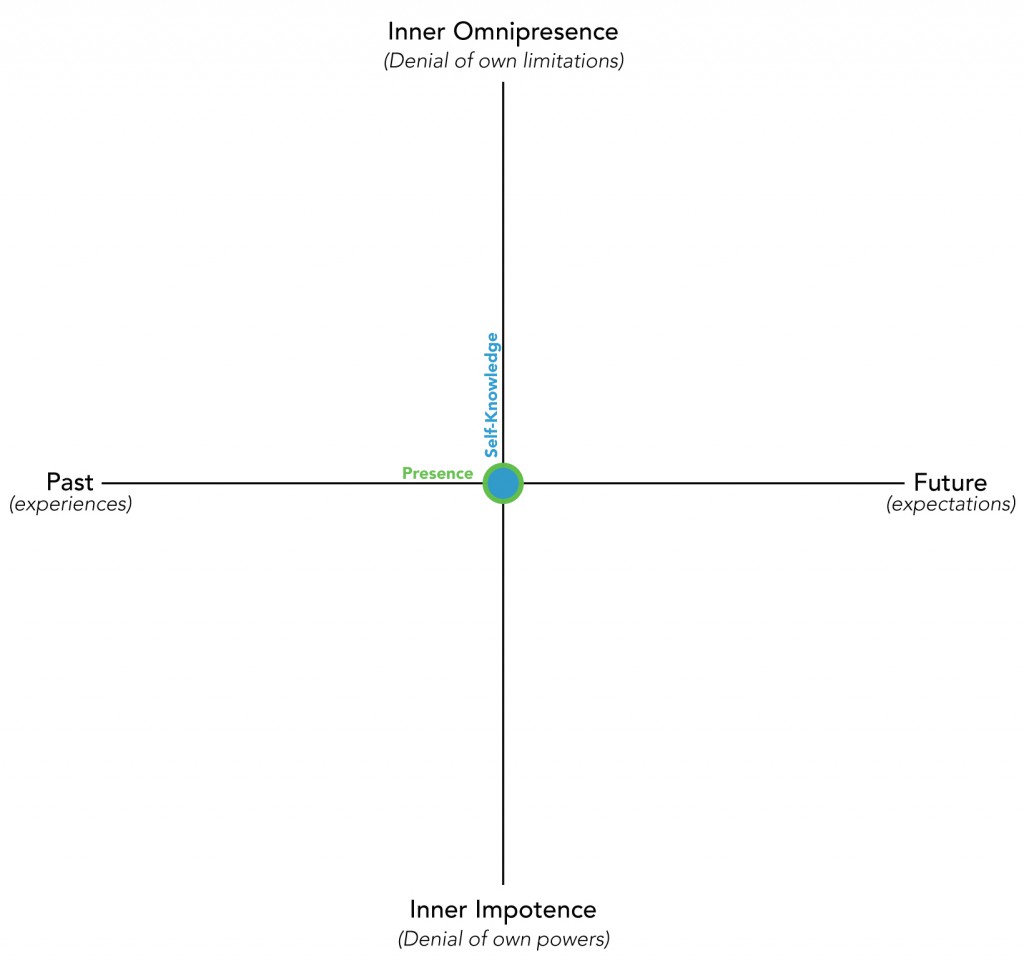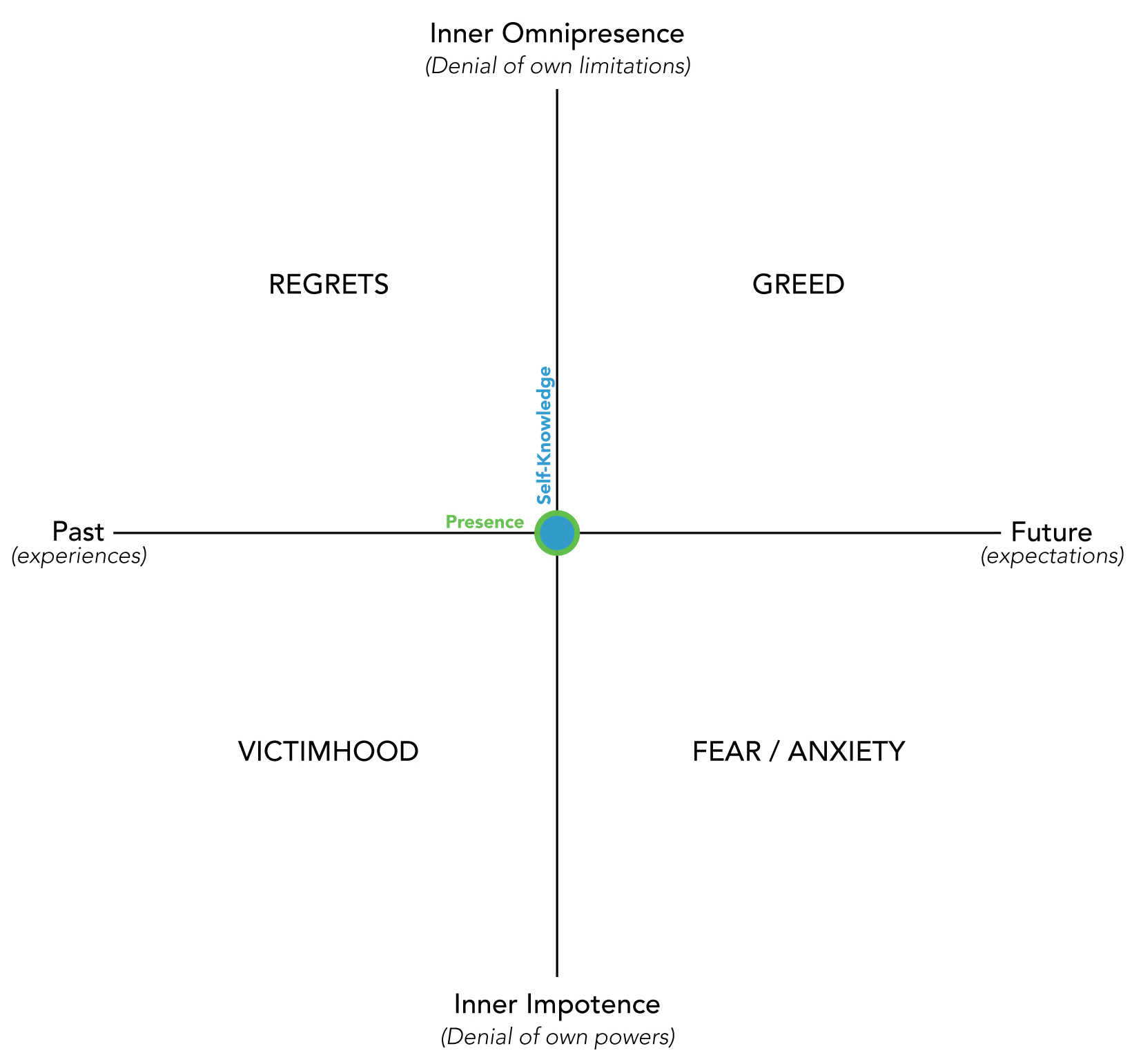The pursuit of happiness is a central theme in post-modern life.
But what is “happiness” and can it really be “pursued”?
In trying to find an answer to these questions, let’s first look at what it means to be “unhappy.”
Commonly, we would say we are unhappy when we experience some form of spiritual, mental, or physical lack. It follows that the “state of happiness” will be established once this lack has been covered and our wishes and needs have been satisfied. So happiness here is closely related to the idea of completion and satisfaction of needs and wishes. Whether this perspective comes naturally to us or not, it certainly is promoted by modern-day advertising, which leverages this perspective to incite us to buy more stuff with the promise of a “happier” life. This perspective is also quite common in relationships and love. Here, the ones we love ‘complete us’ and ‘true love’ is measured by how much ‘we can’t live without the other.’ Looking at happiness this way, it appears that it can indeed be pursued through the continuous covering of perceived lacks and satisfaction of wishes and needs.
To others, “unhappy” is equal to sadness. To be “happy” then means to be in a good mood, ideally accompanied by a constant stream of positive emotions and affirmative interactions with the world around us. Pharell Williams’ song ‘Happy’ tells us in good detail what happiness looks and feels like from this perspective and most of us know that ever-upbeat person that calls itself ‘a happy person’. Here again, happiness appears as something that can be pursued through the avoidance of sadness and negative emotions as well as an active pursuit of positive emotions and interactions.
If we push the concept of “unhappiness” a bit further, we arrive at what is often understood as the most severe expression of unhappiness in modern society: depression.
Depression and Vitality
Depression is a rapidly growing disease in post-modern society.
However, exploring the actual experience of depression, we can observe that there often is neither a substantial feeling of lack nor a substantial feeling of sadness. Rather, the experience of depression is marked by an indifference towards oneself and life as a whole.
Considering depression the antonym to happiness, a better definition for happiness is the active involvement in and affirmation of ourself and life as a whole. To paraphrase Andrew Solomon: The opposite of depression is vitality.
When we explore what the ‘pursuit of satisfaction’ implies (i.e. active involvement) as well as what good mood and positive emotions imply (i.e. affirmation), both perspectives can be integrated in the definition of happiness as the active involvement and affirmation of oneself and life as a whole.
Happiness – An Integral Take
As stated above, happiness is made out as an attainable goal that can be reached through the pursuit of external measures.
However, wisdom traditions have taught for millennia that true happiness is not a pursuit and certainly not attained externally. Instead, it emerges from an inner practice, or rather: happiness itself is an inner practice.
Two themes relevant to the inner practice of happiness are recurring in wisdom traditions throughout and increasingly in modern psychology as well. They are Presence and Self-Knowledge.
Presence describes the idea of being fully present in the moment and engaging with things as they are in the here and now, without dwelling in past occurrences or future visions and without projecting past experiences or future expectations onto one’s immediate world.
Self-Knowledge describes the recognition and affirmation of one’s own potentials. What is more, wisdom traditions teach us that the self-knowledge of one’s own potentials requires the constant, delicate balancing of affirmation (ego) and humility (divinity).
At one extreme, the denial of one’s own potentials results in an inner feeling of impotence (own powers not known).
At the other extreme, an over-affirmation of one’s own potentials results in an inner feeling of omnipotence (own limits not known).

Four Spiritual Diseases
Combining these two dimensions, we can identify four archetypes of spiritual disease:
VICTIMHOOD: An inner feeling of impotence while dwelling on the past and attaching to past experiences cultivates the spiritual disease of victimhood. This disease expresses in the feeling that things “happened” to us and that we therefore carry no responsibility for the effect of past occurrences on ourself and our world in the here and now. This spiritual disease cultivates feelings of resentment towards the world.
REGRET: An inner feeling of omnipotence while dwelling on the past and attaching to past experiences cultivates the spiritual disease of regret. This disease expresses in the feeling that all past experiences, occurrences and outcomes are entirely of our own making. Consequently, we carry the full responsibility for all the effects of past occurrences on ourself, others and the world in the here and now. This spiritual disease cultivates feelings of resentment towards oneself.
FEAR: An inner feeling of impotence while dwelling on the future and attaching to future expectations cultivates the spiritual disease of fear. This diseases expresses in the feeling of inadequacy to tackle the challenges we face while consistently worrying about what is to come. This spiritual disease cultivates distrust towards oneself and the world and consistently reduces the radius of aliveness of one’s behaviours.
GREED: An inner feeling of omnipotence while dwelling on the future and attaching to future expectations cultivates the spiritual disease of greed. This disease expresses in a feeling of restlessness and dissatisfaction and encourages the seeking for “more”. This spiritual disease cultivates vanity and ignorance towards the reality of one’s own mortality.
Happiness – An Inner Practice
Through meditation, mindfulness, death awareness and gratitude, the pitfalls of living in the past or future can be overcome and Presence can be cultivated and practiced.
Through meditation, reflection, experimentation, industry and empathy, the pitfalls of inner impotence and omnipotence can be overcome and Self-Knowledge can be cultivated and practiced.
Where presence and self-knowledge meet we emerge on the middle path.
In the here and now, wholly present, fully aware of our ability to be and of the gift that it is to exist, we simply are, in the moment effortlessly ourselves. Here, the inner practice of happiness reveals itself as a gentle path of consistent, dignified self-cultivation and honest, open, profound involvement with the world that surrounds us.
Every breath as a full and conscious affirmation of your own self and life as a whole – both pulsating at their own rhythm, weaving in and out of each other.
As the Sufi Master of Masters, Sheikh Abol-Hasan Kharaqani, wrote: “In me fits all of creation, but of me there is no trace.”
Happiness is neither a goal nor pursuit. It is an inner practice. May you practice it no matter the mood or circumstance.

If I may add another aspect to these wise words: where presence and self-knowledge and love meet, we emerge on the middle path.
Scott Peck’s definition of love comes to mind here: “Love is the will to extend one’s self for the purpose of nurturing one’s own or another’s spiritual growth.”
One simple practice I’m trying to cultivate: meditating on loving kindness and compassionate love (at the end of my meditation practice). How to do it? Sensing the subtle vibrations and movements of your body and mind, filling them with love (an effort of the heart) and radiating out, including my entire being and the surroundings.
beautiful point, great advice! thank you for this.